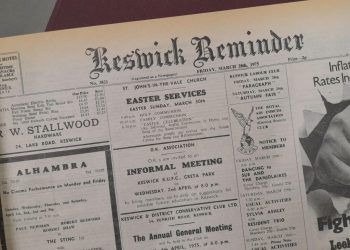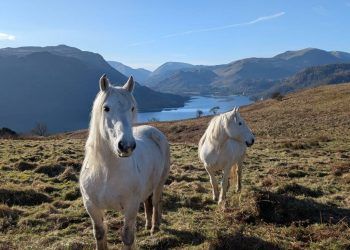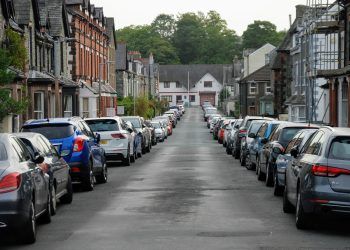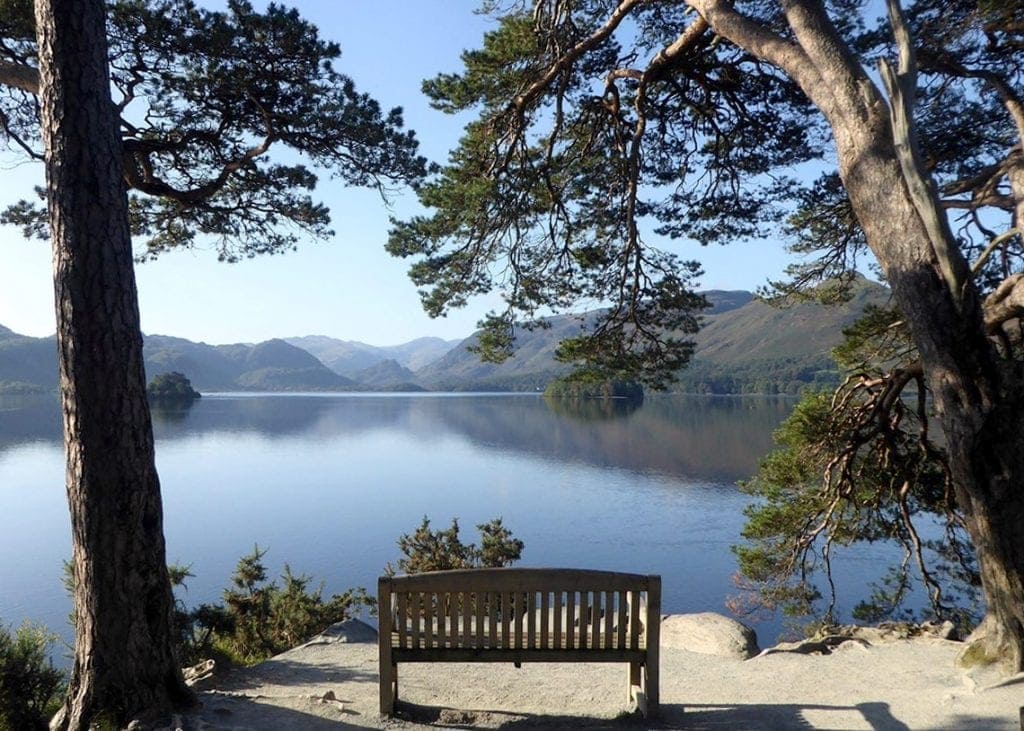
The 100th anniversary of a Lake District beauty spot beloved for its unbroken views across Derwentwater and towards the ‘jaws’ of Borrowdale is being celebrated.
The National Trust is marking the centenary of Friar’s Crag at Keswick being in its care – celebrating the rich history and connection the viewpoint has to the very beginnings of the trust.
The crag was purchased with money raised in public subscription to the memory of Canon Hardwicke Rawnsley (1851-1920), one of the three principal founders of the National Trust, and donated to the charity in his name in 1922.
In a grove of trees on the crag there is a slate memorial to the writer, thinker and painter John Ruskin – a lifelong friend and influential figure in Hardwicke’s life – who named the view as his earliest memory: “The first thing I remember was… being taken by my nurse to the brow of Friar’s Crag.”
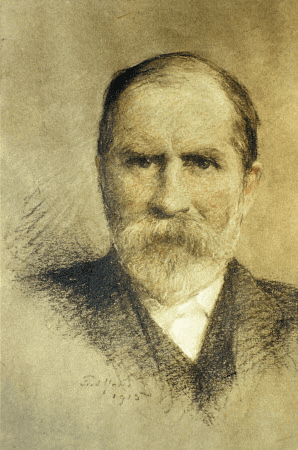
Hardwicke Rawnsley had a passionate devotion to protecting land from development, a belief in preserving the natural landscape for everyone to enjoy that is as important today as it was over 125 years ago, when he helped to found the National Trust – along with Octavia Hill and Sir Robert Hunter.
As vicar at St Kentigern’s, Crosthwaite, on the outskirts of Keswick, he was an active parish priest, described by a parishioner as “the most active volcano in Europe”.
He became a prominent national figure after campaigning against proposed railways that threatened to spoil the natural beauty of the Lakes and, in doing so, demonstrating the importance of the landscape and its effects on the human spirit.
Rawnsley was particularly passionate about the integral role of the landscape of the Lake District within the nation’s literary heritage – recognising what the landscape meant to the Wordsworths, Samuel Taylor Coleridge and Robert Southey.



